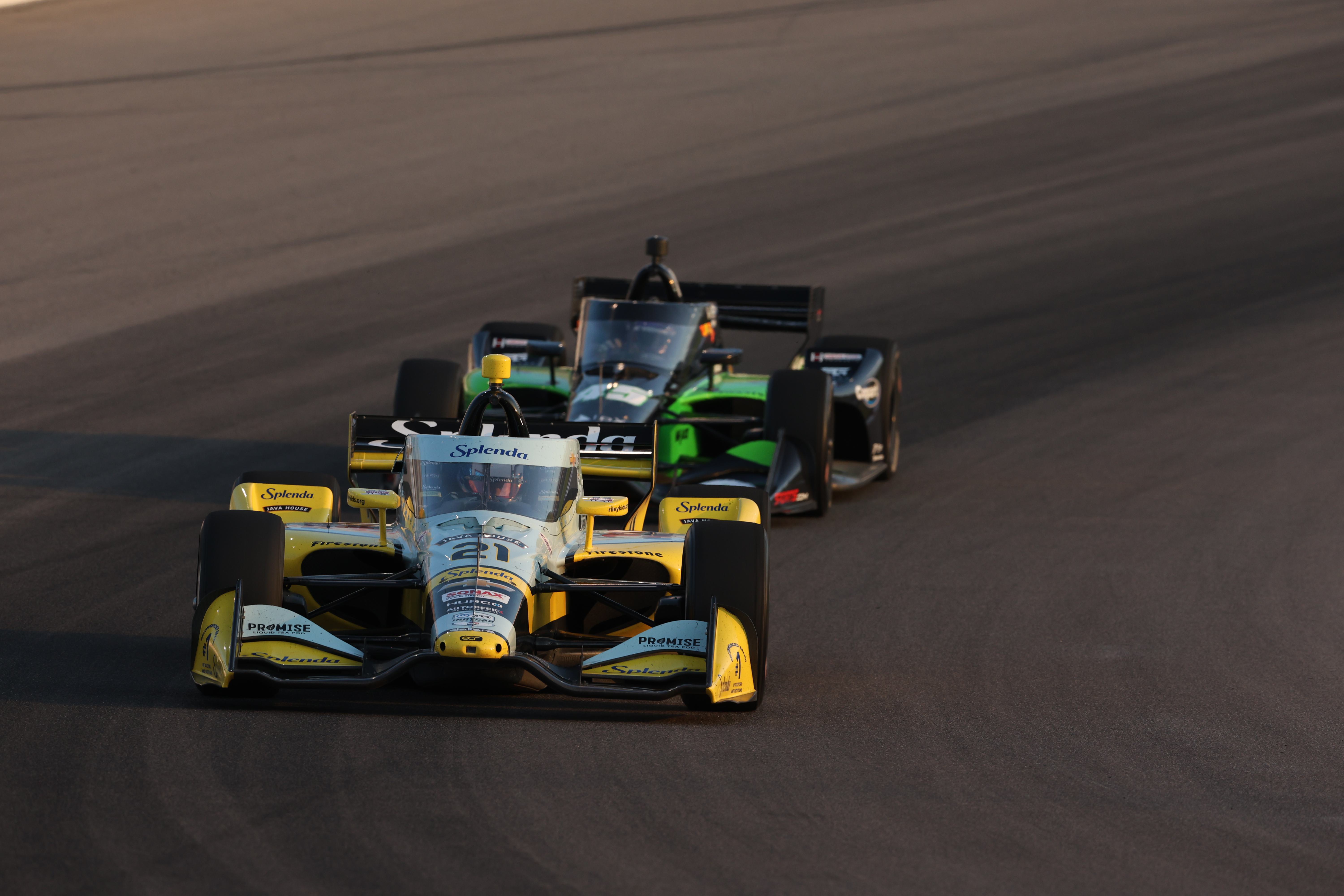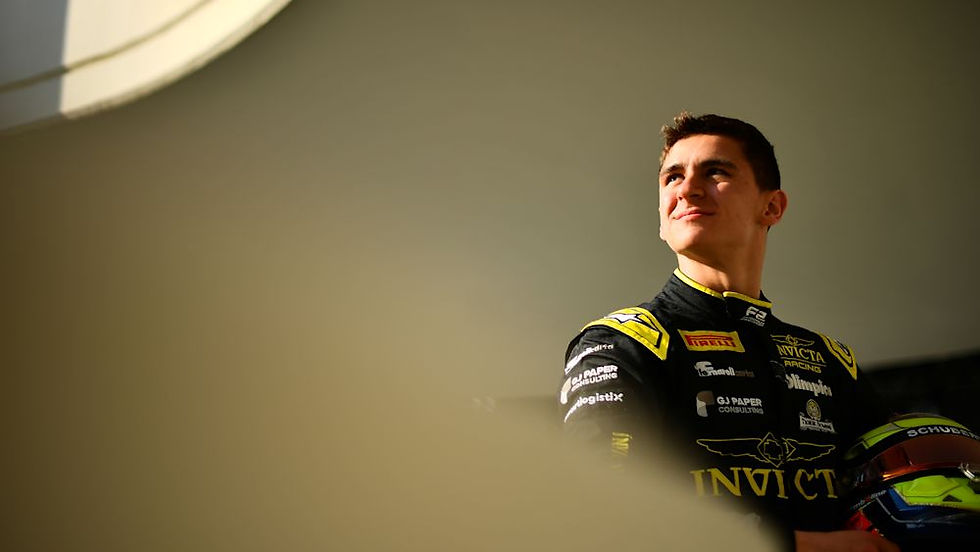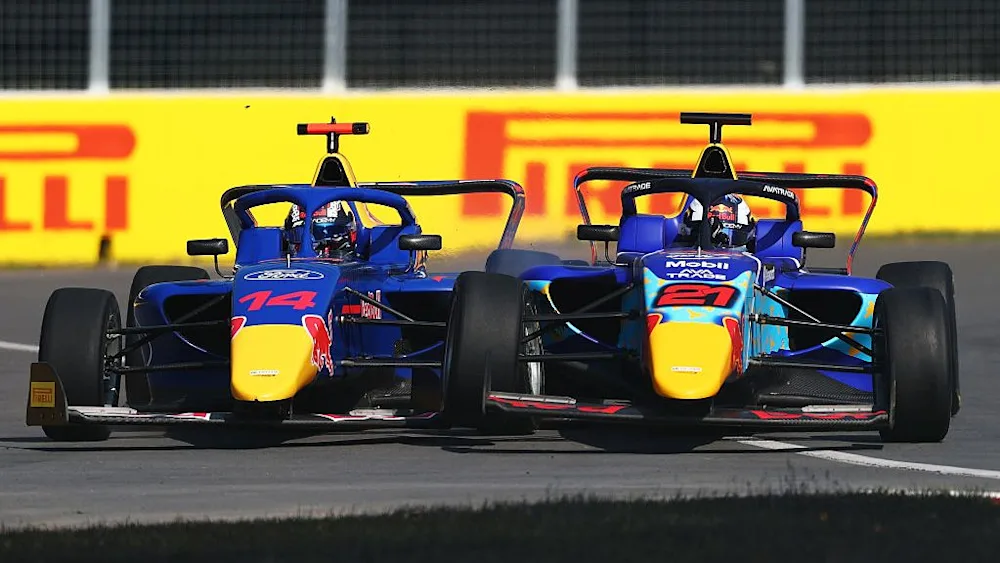Formula One’s unsung heroes of the 2010s
- Lily Dixon

- May 14
- 5 min read
Written by Lily Dixon, Edited by Ayush Kapoor

Dynasties dominated the 2010s in F1. The decade's headlines shaped Sebastian Vettel's Red Bull era and Lewis Hamilton's reign with Mercedes. But beneath the spotlight of title fights, several drivers delivered exceptional performances from the heart of the midfield. While they may not have earned world championships, their consistency, racecraft and impact remain deeply woven into motorsport’s history.
Nico Hülkenberg
Nico Hülkenberg made his F1 debut with Williams in 2010 before racing with Force India, Sauber, Renault, Racing Point and Haas. Despite over a decade in the sport, he holds the unwanted record for the most race starts without a podium finish. Even so, his longevity and points-scoring consistency in underperforming cars speak volumes.
His breakout moment came at the 2010 Brazilian Grand Prix, where he claimed pole position as a rookie. Hülkenberg stunned the field in mixed conditions by beating the competition by a full second, delivering Williams its first pole since 2005. Two years later, he returned to Interlagos and led most of the race before a crash with Lewis Hamilton ended his shot at victory and a podium.
The 2013 season saw Hülkenberg extract the most out of the Sauber car. A fourth-place finish in Korea and fifth at Monza stood out, proving his ability to maximise opportunities in inferior machinery.
Outside of F1, Hülkenberg impressed by winning the 2015 24 Hours of Le Mans with Porsche on debut, skipping the Canadian Grand Prix that season to do so.
With Sauber and Audi's arrival looming in 2026, a long-awaited trophy could finally be within reach. If given the machinery, could Hülkenberg finally convert his strong performances into a long-overdue podium finish?
Romain Grosjean

Romain Grosjean’s F1 legacy is often remembered for the terrifying crash at Bahrain in 2020, a moment that nearly ended in tragedy. However, it should not overshadow his bursts of brilliance and raw speed earlier in the decade.
After a brief stint in 2009, Grosjean returned to F1 in 2012 with Lotus and quickly made his mark. That year, he earned his first podium at the Bahrain Grand Prix, becoming the first French driver to stand there since 1998. Later that season in Valencia, he was on pace to challenge Fernando Alonso for the win before a mechanical failure forced him to retire.
In 2013, he delivered one of his strongest campaigns, finishing on the podium six times and frequently outperforming teammate Kimi Räikkönen. His results that year solidified his place as a driver capable of mixing it with the best when the car allowed it.
Grosjean later joined the debuting Haas team in 2016. In Australia, the team’s first race, he brought home sixth place, marking the first time a new constructor scored points on debut in decades. His drive in Melbourne helped establish Haas as a legitimate midfield contender in its debut year.
Though his F1 career concluded dramatically in 2020, Grosjean continued racing in IndyCar, where his racing style and passion for competition found new life on a different continent.
Kamui Kobayashi

Kamui Kobayashi became known for bold overtakes and fearless racecraft, often fighting wheel-to-wheel with drivers in faster cars. Racing primarily for Sauber from 2010 to 2012, he briefly returned with Caterham in 2014 before transitioning to endurance racing.
His 2010 European Grand Prix performance was a defining moment in his career. After pitting late, he carved through the field in the closing laps, overtaking Fernando Alonso and Sébastien Buemi to finish seventh. The following year in Monaco, he brought home fifth in one of the most attrition-heavy races of the season, keeping it clean while chaos unfolded around him.
Kobayashi delivered a career-best performance at his home Grand Prix in Japan in 2012. He started third and held off Jenson Button to finish on the podium, becoming the first Japanese driver to do so since Takuma Sato in 2004. The reaction from the home crowd remains one of the most emotional moments of the decade.
Post-F1, Kobayashi continued to impress. He won the 2019–2020 World Endurance Championship and the 2021 24 Hours of Le Mans with Toyota, proving his adaptability and speed in every series he competed in.
Adrian Sutil
Adrian Sutil quietly built a reputation as a reliable midfield contender with smooth driving and flashes of brilliant performances. Competing mainly with Force India and briefly with Sauber, Sutil never stepped on the podium but routinely delivered points in cars that were not expected to score.
At the 2010 Malaysian Grand Prix, he qualified on the second row and finished fifth, holding off a late charge from Lewis Hamilton in tricky conditions. His composure under pressure stood out in a race where experience and patience were critical.
In Monaco 2013, Sutil showed his class again. Starting eighth, he climbed to fifth after overtaking former world champions Jenson Button and Fernando Alonso. At a track where overtaking is nearly impossible, Sutil proved that precision and bravery can still produce results.
Though his time in F1 ended after 2014, Sutil’s contributions were a testament to the value of drivers who bring stability and deliver quietly consistent results.
Paul di Resta

Paul di Resta’s F1 career may have been short, but it left a clear impression. Racing with Force India from 2011 to 2013, di Resta was known for his technical understanding, steady approach and solid points finishes.
In his rookie season, he finished sixth at the Singapore Grand Prix. Managing the humid night race with limited experience demonstrated his focus and adaptability to the sport.
His most impressive F1 performance arguably came in 2013. At the Bahrain Grand Prix, di Resta ran third for much of the race and looked set for a debut podium before strategy and tyre degradation saw him drop to fourth. He still finished ahead of both McLarens in a far less competitive car on paper.
That same year, he qualified fourth at Monza, known as the Temple of Speed, showcasing his quick one-lap pace. Unfortunately, his race ended in the opening stages following a crash.
Following F1, di Resta transitioned back to DTM and endurance racing.
These five drivers may not have won world championships or etched their names into F1 history books with victory tallies, but their stories reflect the deeper layers of the sport. Formula 1 is not only about the loudest moments, but rather all the ones that go unsung, etched together for the headliners to stand upon. These drivers established midfield success in a sport dominated by its winners and did it in style. The only question is- when we look back in 10 years.. Who will be the underrated drivers of the 2020s?











Comments